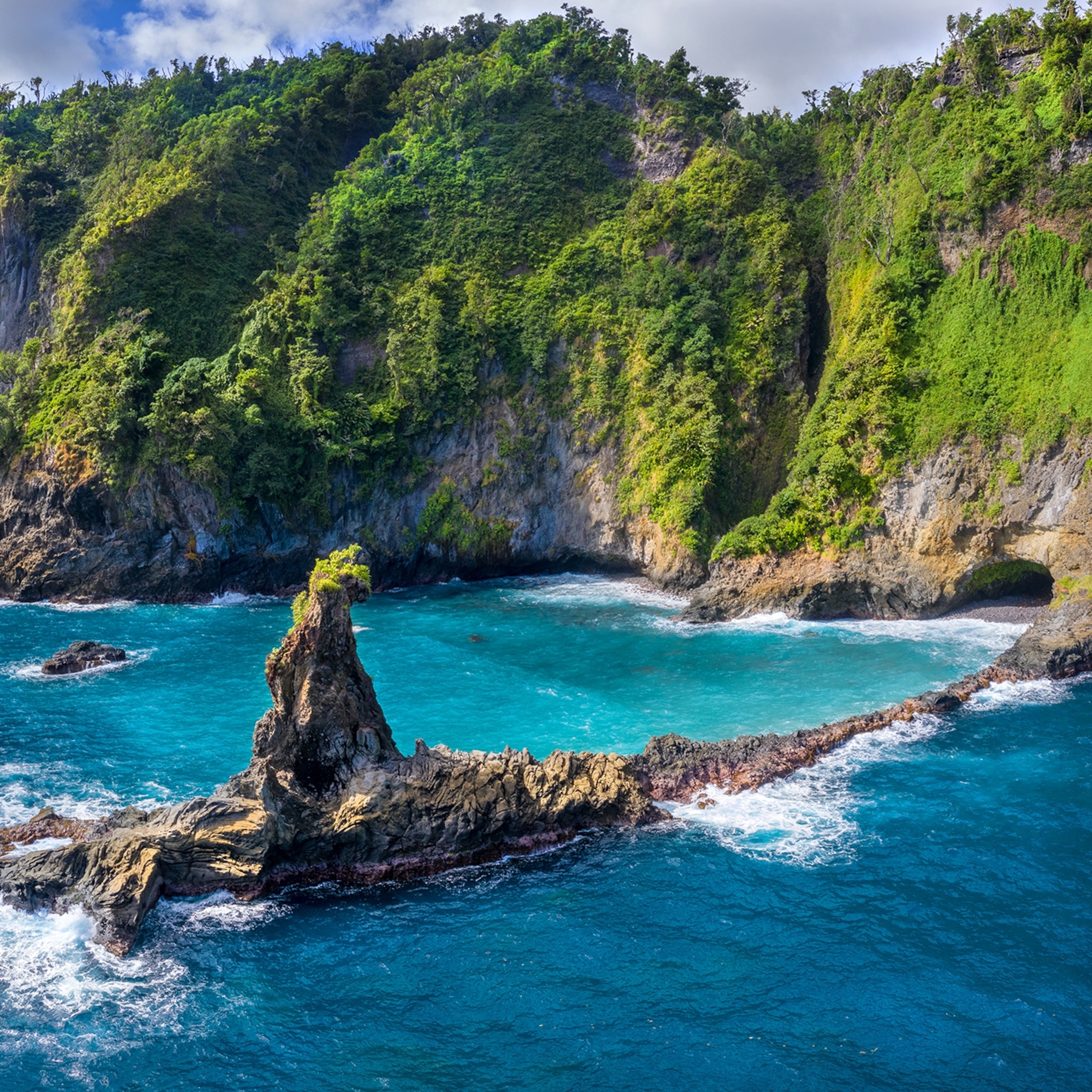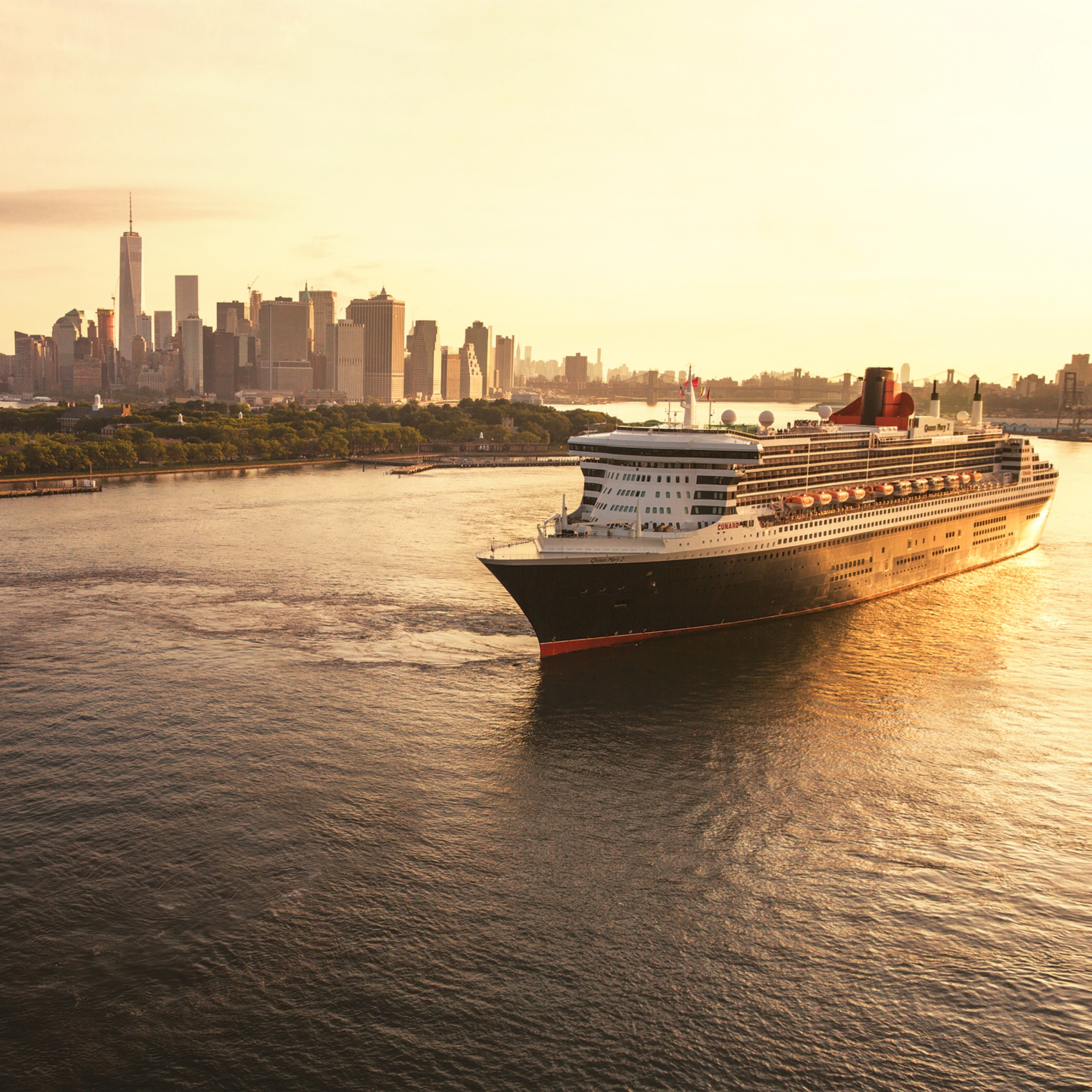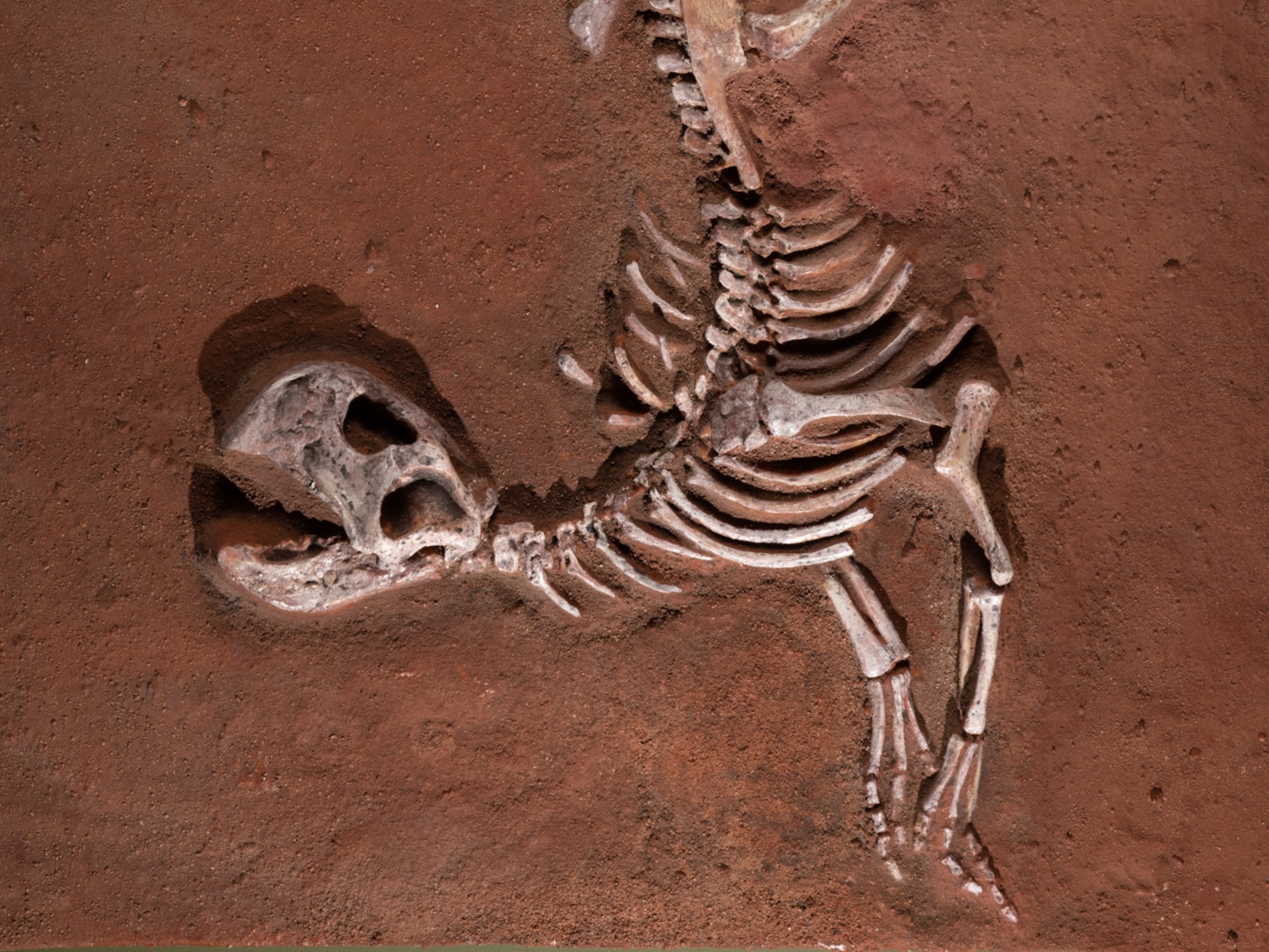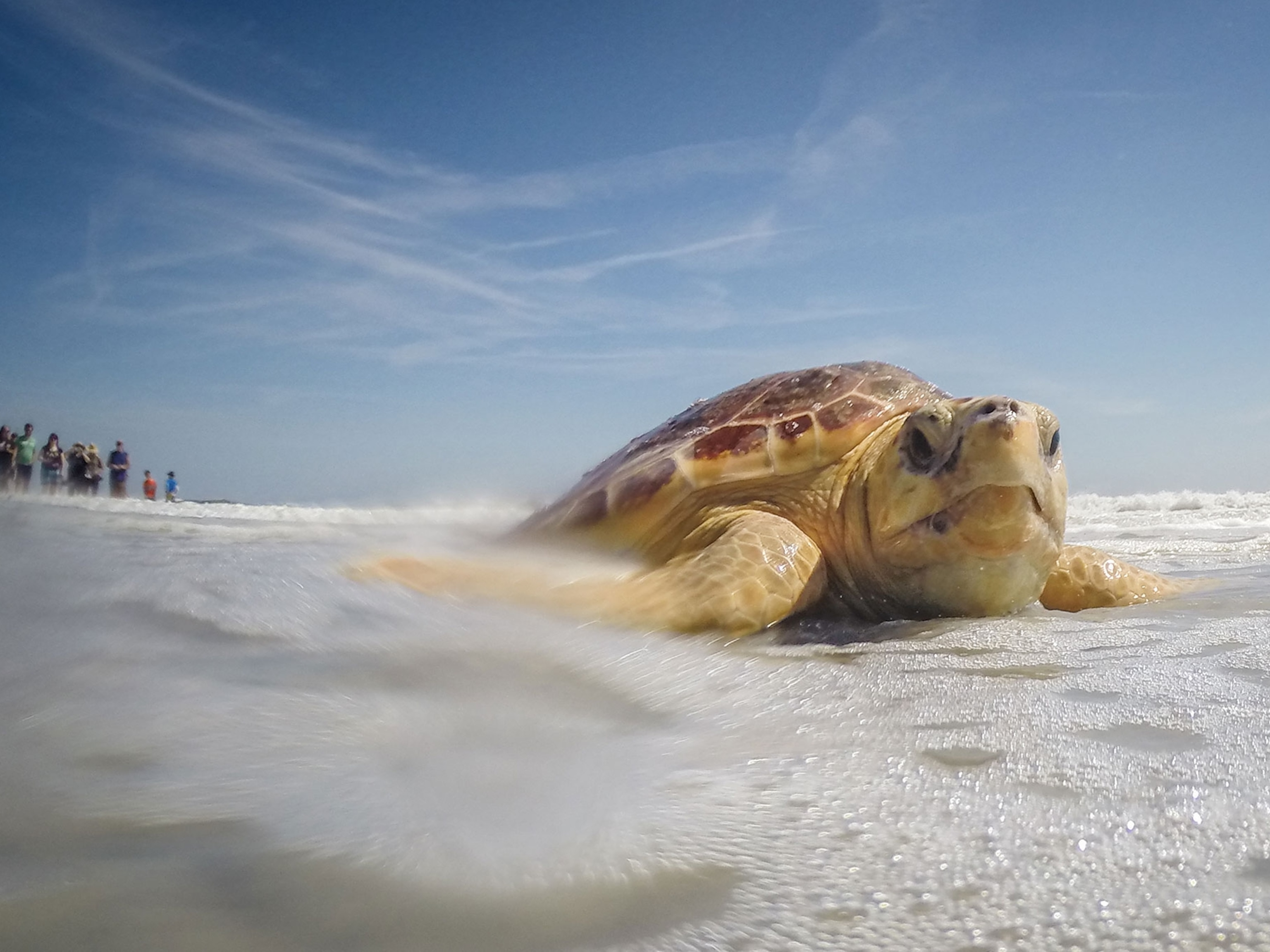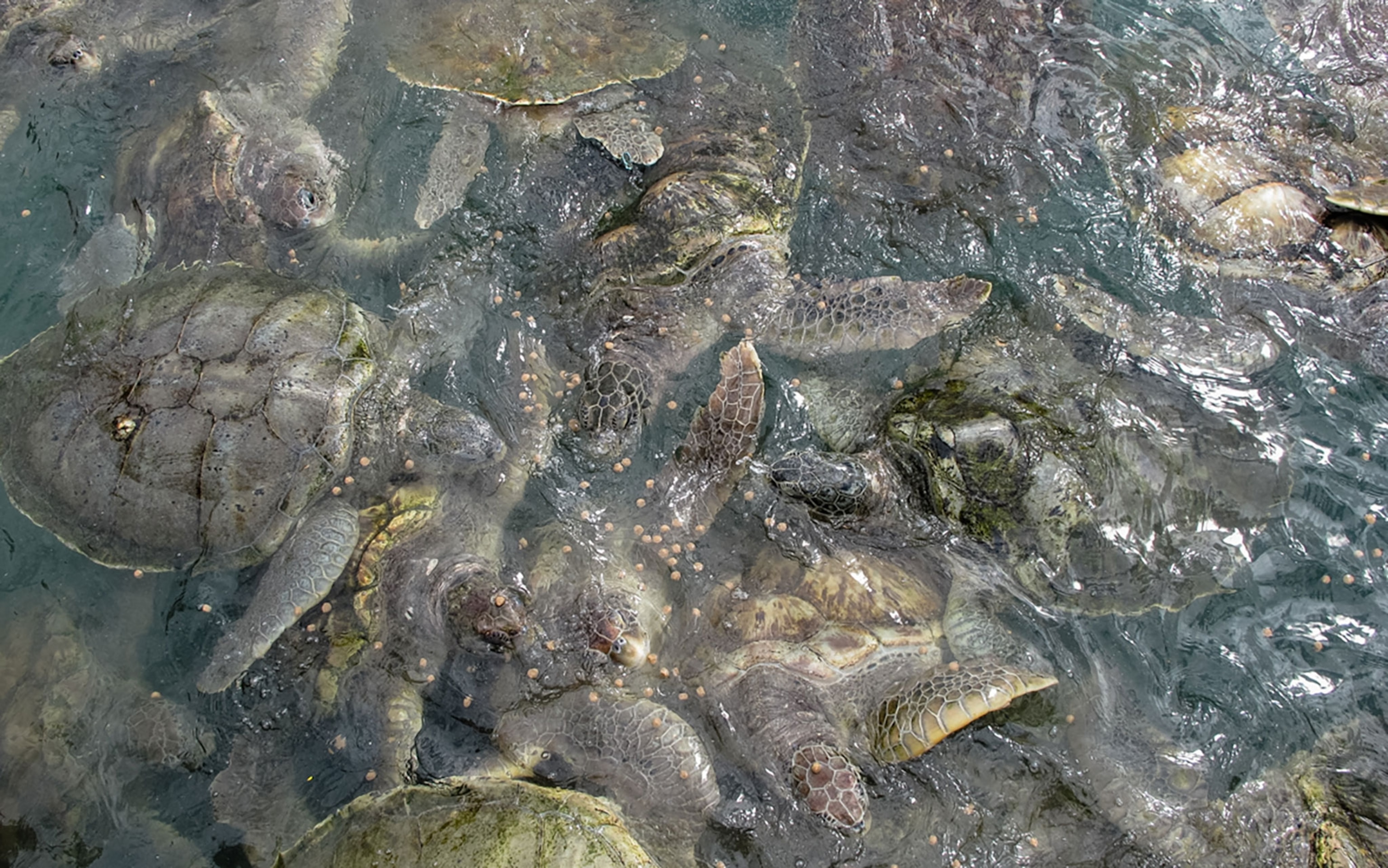
This Turtle Tourist Center Also Raises Endangered Turtles for Meat
Animal advocates accuse the Cayman Turtle Centre of mistreating its sea turtles and stoking demand for the meat of an endangered species, claims it denies.
At the Cayman Turtle Centre tourists can kiss, hug, and pass around young sea turtles. They can even take a swim with bigger ones if they want. It’s billed as a rare opportunity to come into contact with endangered green sea turtles, a migratory species whose numbers are on the decline because of egg poaching, habitat degradation, and entanglement with fishing nets.
What many visitors don’t realize is that it’s also a sea turtle farm, where the rare turtles are bred in captivity to be killed for their meat, a traditional dish in the Caymans.
But the meat business is only part of the reason this government-owned facility is facing criticism from animal protection organizations. It’s also the way the animals are treated, says Neil D’Cruze, a researcher with the London-based nonprofit World Animal Protection, which wants to end sea turtle farming.

“If I had to name a poster child for the worst animal to farm, it’d be sea turtles,” he says. That’s because they’re migratory creatures that can swim more than 1,400 miles and dive up to 500 feet. They’re kept in shallow concrete tanks at the Cayman Turtle Centre, known as the Cayman Turtle Farm until last year. In the wild sea turtles are solitary, only coming together to mate. At the farm hundreds may be in a single pool at a time.
Turtles can also do a lot of harm to each other—several years ago, World Animal Protection obtained photos of turtles at the center missing pieces of their flippers, injuries that experts say suggested the turtles were cannibalizing each other because of overcrowding and stress, the World Animal Protection report says.
The turtles need special care. So much, in fact, that when the conservation organization Sea Turtle Conservancy was looking for ways to help bring back the species in the 1950s and 1960s, they tried and abandoned the idea of farming sea turtles as being too complicated and too expensive.
“Ultimately we learned that there are many other more effective ways to recover turtles, the main one being to get them off the menu,” says David Godfrey, the conservancy’s executive director.
The Cayman Turtle Centre has called World Animal Protection’s campaign against turtle farming “misleading sensationalism.”
‘A HEARTBREAKING SITUATION’
In 2015 Amy Souster, a trainer at the Cayman center, quit after witnessing what she calls “a heartbreaking situation every day.”
“All you could see was this frothing bed of turtle heads coming up to the surface,” Souster, who now runs a Royal Society for the Prevention of Cruelty to Animals (RSPCA) facility in the U.K., tells National Geographic. “They were constantly fighting to get to the surface to breathe. All the turtles you could see had injuries and bite marks from the others that were stacked on top of each other.”
She also says she came in early one morning to find maintenance workers, charged with draining and refilling the pools with fresh water each day, sprinkling chlorine powder directly on and around the turtles, who weren’t removed from the pools during cleaning time. Each time she raised concerns, she says, she was ignored.
“It left me feeling completely helpless and just mortified that this was happening underneath my nose, and there was nothing I could do about,” she says.
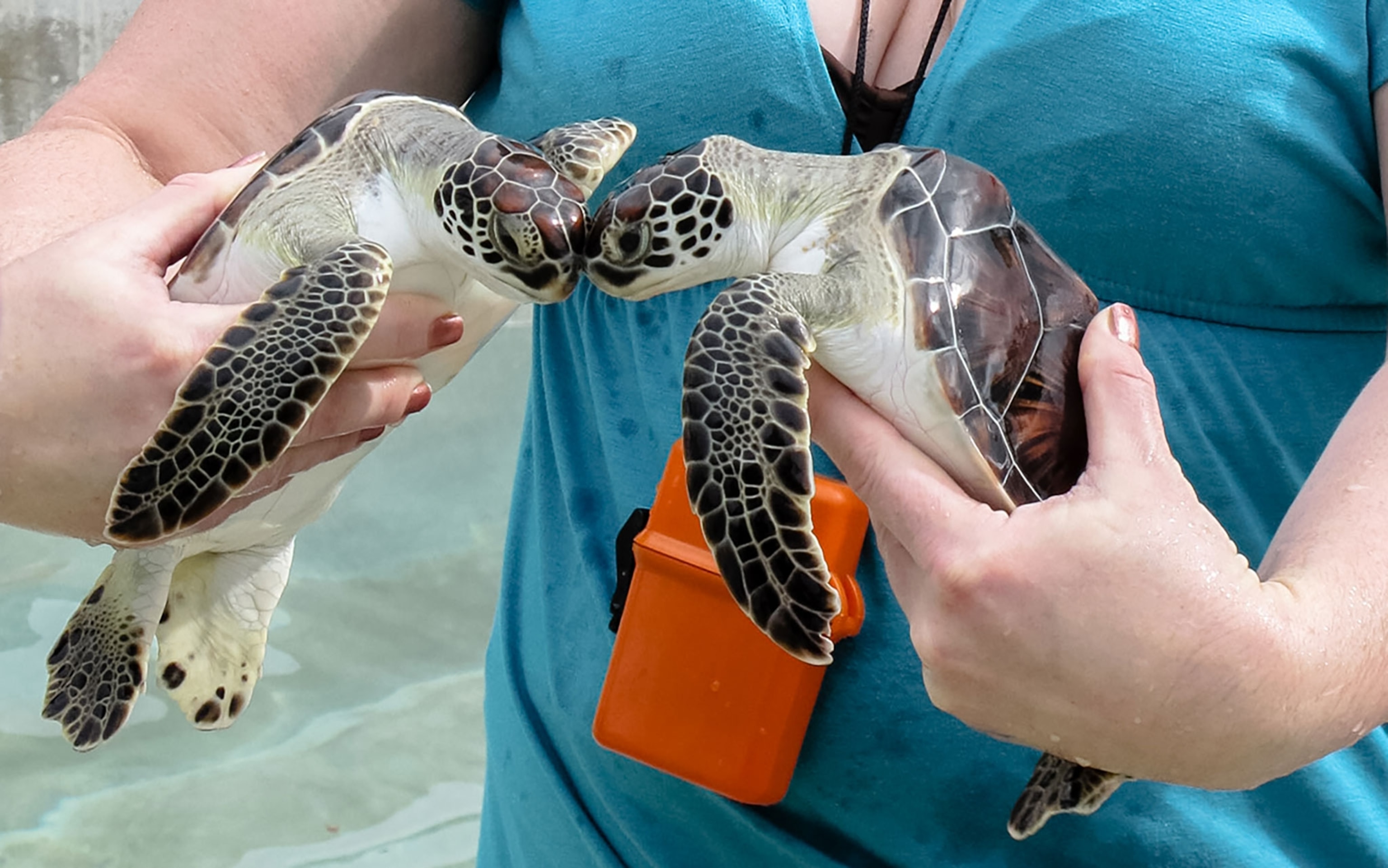
Despite claims of cruelty at the Cayman Turtle Centre and concerns about the facility’s selling of the meat of an endangered species, almost all the major cruise lines passing through the Caymans offer shore excursions there, highlighting the opportunity to hold and swim with the animals. Some 70 percent of the Cayman Turtle Centre’s 200,000 yearly visitors are from cruise ships, according to an economic impact study commissioned by the Ministry of Tourism, which oversees the operation.
“Cruise lines are taking positions on sustainability, and their tours should be run in ethical ways and do no harm to the destination or the wildlife,” says Martha Honey, executive director at the Center for Responsible Travel, a policy research organization.
This is true not just for ecotourism, but for all types of travel, she says. TripAdvisor, a major online tourism company, recently stopped selling tickets to most of these facilities that allow visitors to swim with or take selfies with endangered animals, citing welfare concerns and the lack of conservation benefit. It recently evaluated the Cayman Turtle Centre and removed the booking option from its listing on the website, though tickets to several Cayman tours that include the center remain for sale.
Disney Cruise Line appears to be the only company to have reconsidered shore excursions to what World Animal Protection calls “one of the world’s cruelest attractions,” based on academic research it conducted with Oxford University’s Wildlife Conservation Unit. In late 2016 Disney removed the center from its list of attractions for Cayman shore excursions. A spokeswoman did not respond to a request for comment on why the company made that decision.
You’d come in the morning and see the guys fishing out the dead hatchlings.Amy Souster, Former employee at Cayman Turtle Centre
National Geographic also contacted Carnival Corporation (Carnival Cruise Line, Princess Cruises, P&O Cruises), Royal Caribbean Cruises Ltd. (Royal Caribbean International and Celebrity Cruises), and Norwegian Cruise Line, all of which offer shore excursions to the Cayman Turtle Centre. A spokeswoman for Carnival Corporation said in an email that the cruise industry brought in a third party evaluator to the facility several years ago.
“The results demonstrated that those standards were being met and the turtle centre has continued to make enhancements to their operations,” she wrote. The other cruise lines did not respond to multiple requests for comment.
India Narcisse-Elliott, the chief marketing officer at the Cayman Turtle Centre, said in an email that “conservation of sea turtles in the wild has been at the heart and soul of why we do what we do.” She said that the center gives the public an opportunity to learn about the animals. The center claims that releasing captive-bred turtles in the wild and providing a captive-bred source of turtle meat are helping protect wild turtles.
CAN THIS TURTLE BUSINESS HELP SAVE THE SPECIES?
Brendan Godley, a conservation biologist at the University of Exeter who has conducted research at the center, said in an email that the Cayman Turtle Centre serves another purpose beyond tourism: to take pressure off wild turtle populations by providing a more sustainable source of turtle meat to local people. In a study he co-authored, he found that half of Cayman islanders who eat turtle meat regularly would likely buy wild turtle meat if captive-bred meat became unavailable. The same study also found that less than 3 percent of the Caymans’ 60,000 people, or about 1,800 of them, say they eat turtle meat on a weekly basis, and about 70 percent say they never eat it.
The center’s Narcisse-Elliott also mentioned the importance of providing Caymanians with captive-bred sea turtle meat to take pressure off wild populations. The center no longer sells turtle meat at its cafe to tourists, according to a 2014 press release, and its 2016 annual report says the meat is intended for local consumption. The center, however, sells farmed turtle meat to local restaurants, which in turn offer it to visitors.
“If local restaurants choose to serve turtle...and tourists choose to patronise those restaurants—that is merely their choice in a free society,” the 2014 statement says. But Sea Turtle Conservancy’s Godfrey worries that this farmed meat undermines conservation efforts. “The farm has perpetuated turtles as an item to consume, and they’re not helping to eliminate the international demand for turtle products,” he says.
The center also releases captive-bred turtles into the wild, a program Narcisse-Elliott says further contributes to conservation. She says the center has released some 31,000 captive-bred sea turtles into the wild. Godley, of University of Exeter, says research has found that some of those turtles have survived for long periods and contributed to local breeding populations. Green sea turtle nest totals in the wild on Grand Cayman have grown significantly, which Narcisse-Elliott says is attributable in large part to the center’s efforts.
But Godfrey, of Sea Turtle Conservancy, isn’t so sure that releasing captive-bred turtles into the wild is a good idea—he worries about the potential for disease transfer and that introducing animals from limited genetic stock into the wild could cause unforeseen problems. The center suspended turtle releases for several years, and its 2016 annual report says they now have a more robust pre-release evaluation process to prevent the spread of disease.
Welfare Concerns
For its part, the Cayman Turtle Centre denies that tourists handling young turtles causes them distress. According to local media, it has said it’s been making improvements, including putting fewer turtles in each tank, adding in fresh food to supplement the pellet diet, and building shade structures.
D’Cruze, of World Animal Protection, which has been investigating the facility for more than five years, is skeptical. World Animal Protection’s current campaign targets Carnival Corporation, the largest cruise company by revenue and number of passengers, hoping to convince it to stop going to the center and that pressure from big businesses will encourage the facility to reform.
Several controversies have led to calls for reform. In 2012, for example, a water pipe that supplied a tank holding several hundred turtles ruptured. The water drained away, and 299 of the endangered creatures died of heat exhaustion. The center later put out a statement saying they would be replacing faulty valves and putting in place new monitoring procedures of the water system.
In 2014 nearly 1,300 turtles died over four months from an outbreak of Clostridium, a bacterium more commonly known as a cause of food poisoning. The event came to light after a local journalist filed a public records request.
These kinds of disease outbreaks can spread to human populations—a real fear to anyone who’s read about the scourge of norovirus on cruise ships—and potentially to wild sea turtles living just around the corner.
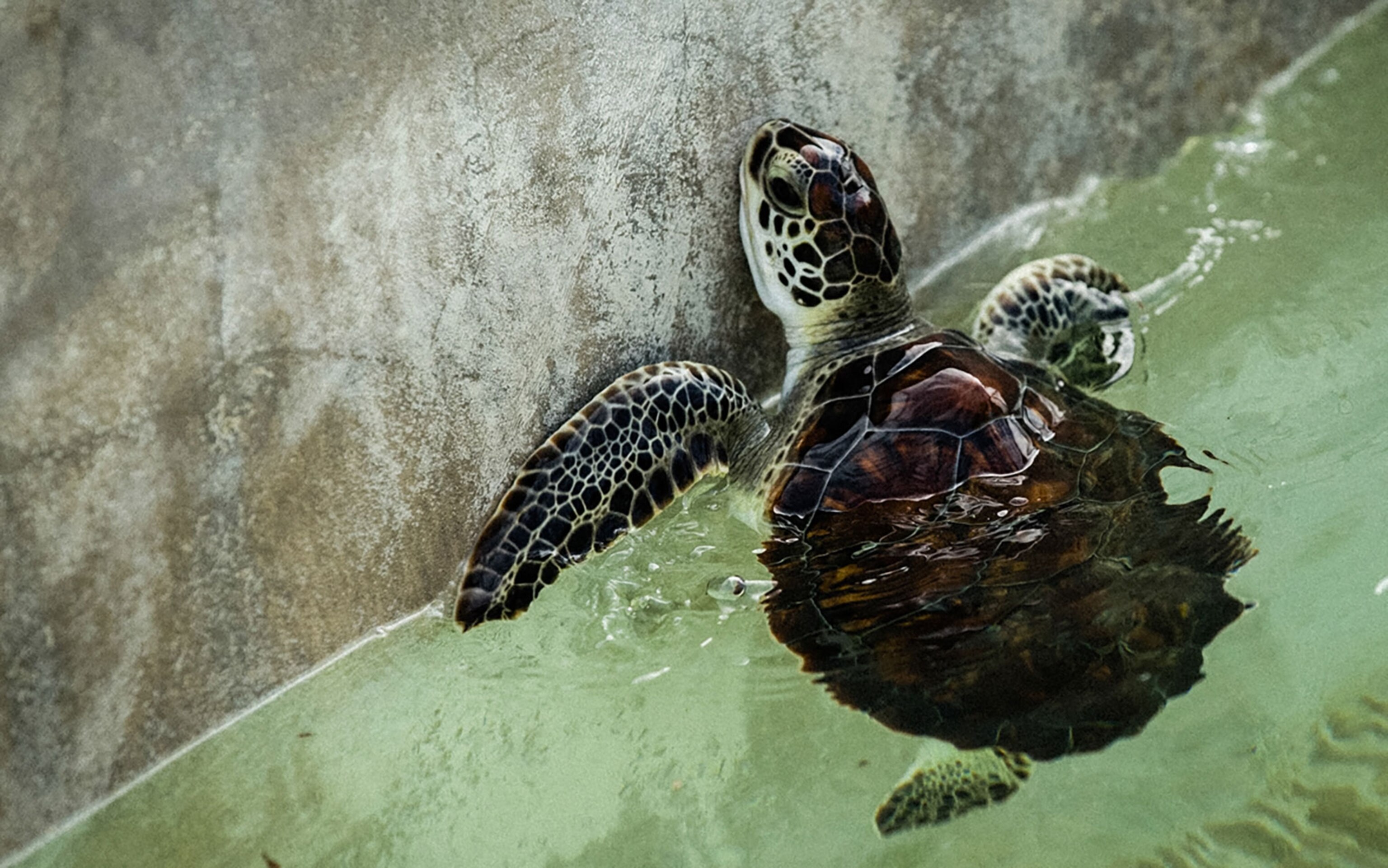
World Animal Protection has turned up numerous other concerns, especially relating to animal welfare and human health, including turtles’ traumatic injuries, overcrowding, and stress related to being handled by tourists. They also pointed out the potential for diseases like e. Coli and Salmonella found in the turtles’ water to be transferred to people.
“They’re reptiles. You’re always going to find these things, but the intensive farming aspect ramps [the risk of outbreak] up to an insane level,” D’Cruze says. The center maintains that the farm does not pose a risk to human health, according to a 2013 press statement, which referred to World Animal Protection’s raising of these concerns as a “smear tactic” meant to undermine the center.
In response to growing calls for reform several years ago, the Cayman Turtle Centre invited an independent review team of marine scientists and sea turtle experts to inspect the facility over the course of three days in December 2012. The investigators identified a number of problems behind the scenes, including high death rates among younger turtles and skin lesions.
The center released a press statement at the time, in which director Tim Adam said, “We are taking the findings and recommendations of the report very seriously.”
“A number of changes were made almost immediately, including the hiring of a full-time veterinary surgeon,” says Godley of the University of Exeter, who was part of the inspection panel. But, Godley says, they did not find “significant issues of concern” regarding the public-facing part of the center.
According to Souster, the former employee, in 2015 the situation on both the tourist side and farm side of the facility hadn’t gotten better. The same few turtles were being handled by several hundred tourists a day, and at the farm, out of public view, “You’d come in the morning and see the guys fishing out the dead hatchlings,” she says. “I don’t think I’ve ever seen such poor welfare standards in any facility.”
World Animal Protection and the Sea Turtle Conservancy would both like to see the facility refocus its mission, maybe modeling itself after Kélonia, the sea turtle farm-turned-observatory and rehabilitation center on Reunion Island, east of Madagascar.
Souster agrees. “It has potential to be a fabulous center,” she says. “To be a center of excellence and conservation, they could really put themselves on the map.”
